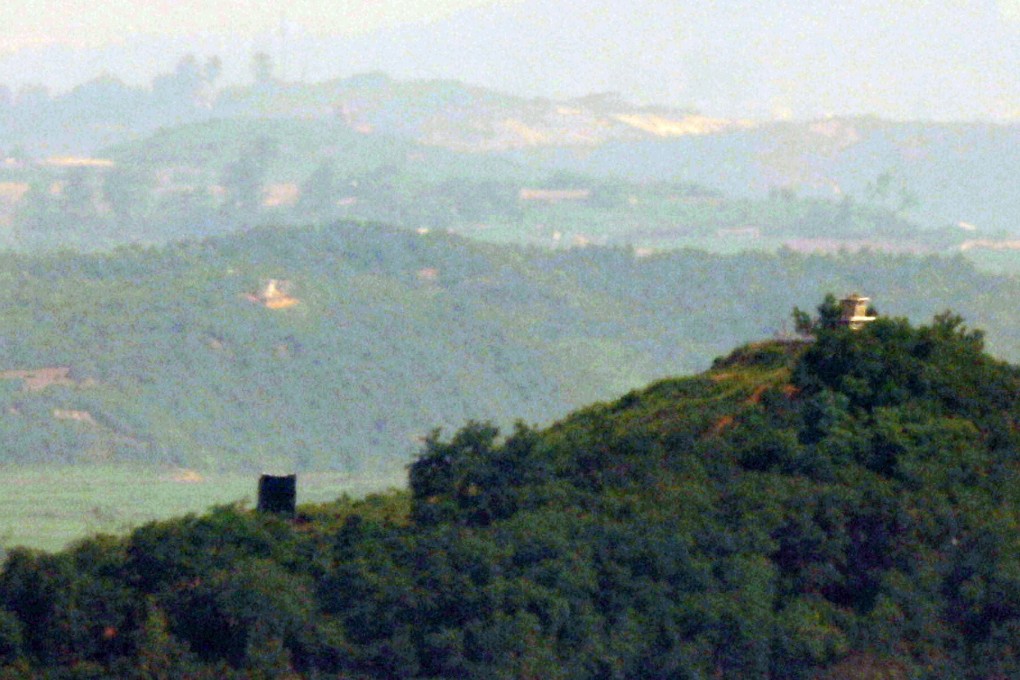Opinion | 70 years since the Korean war, the threat of armed conflict still hangs over the peninsula
- North Korea’s destruction last week of the inter-Korea liaison office in Kaesong dashed hopes that international diplomacy over the past few years was finally healing divisions
- A dual-track approach is needed to defuse Pyongyang’s nuclear threat and bring peace to a divided Korea

The North Korean attack on South Korea in June 1950 upended the political universe of the day, occasioning a seismic shift in northeast Asia’s geopolitical tectonic plates. The Korean war, which began 70 years ago on June 25, never formally ended.
And in reality, little has changed on the ground over the intervening years since an armistice was signed in July 1953 ending the hostilities, in terms of a deeper understanding of the war itself as well as its underlying causes and meaning. For some, the mantra “We’re still at war, it’s only a truce” still rings true.
Historically, the 1950 war was the last of five conflicts over the last 150 years in and around the Korean peninsula, during which there has been a discernible shift from the hegemonic power projection by a single state actor to a duopolistic power configuration.
China ceded its hegemonic status vis-à-vis Korea following two rounds of war with Japan in the 1880s and 1890s, after which the latter cemented its status as the hegemonic power in control of the peninsula for the next four decades following the Russo-Japanese War of 1904-05.
The fourth conflict, World War II, saw Japan stripped of its hegemonic status in 1945, only to be replaced by a duopoly composed of the US and Soviet Union. That duopoly in turn was replaced in the fifth conflict – the Korean war. Although it began as a civil conflict, it quickly morphed into a “great power” confrontation following US and subsequently Chinese intervention, the former under the aegis of a United Nations Security Council mandate to “repel aggression” and the latter in a defensive mode replacing the Soviet Union as the North’s primary lifeline and backer.


